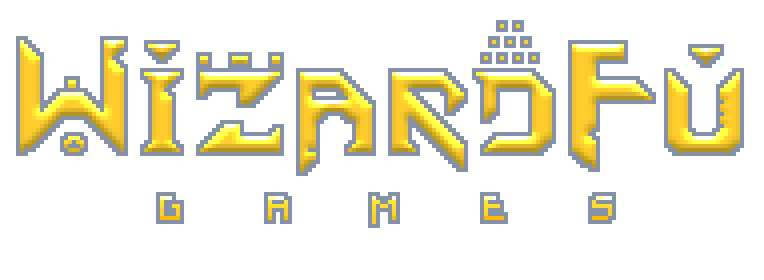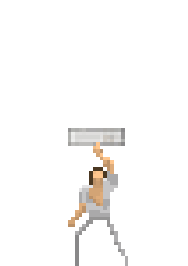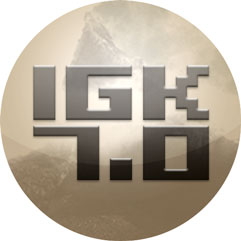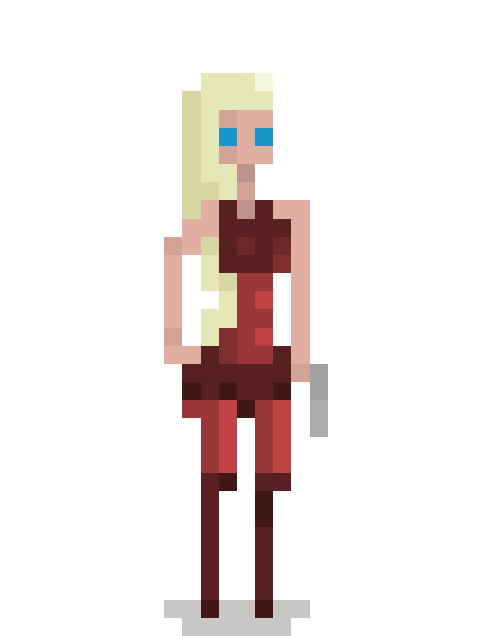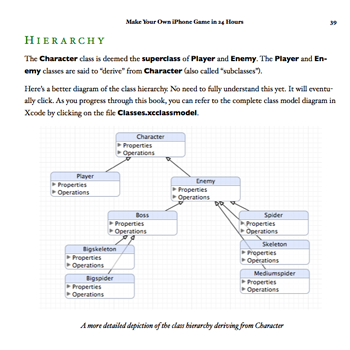 The biggest enhancement to the iPhone Game Kit is that it now includes two games: Quexlor, a retro RPG, and Monster Checkers, a funny version of the puzzle game checkers. This means you now get the complete source code to two entire games. The source to Quexlor is quite involved (as it always has been) and the source to Monster Checkers is short and sweet. Whatever iPhone game source code example you want to look at first, it’s up to you.
The biggest enhancement to the iPhone Game Kit is that it now includes two games: Quexlor, a retro RPG, and Monster Checkers, a funny version of the puzzle game checkers. This means you now get the complete source code to two entire games. The source to Quexlor is quite involved (as it always has been) and the source to Monster Checkers is short and sweet. Whatever iPhone game source code example you want to look at first, it’s up to you.
The source code for the Kit has been compartmentalized and efficiently shared between the two projects. When you download the new Kit, you get a directory for Quexlor, a directory for Monster Checkers and a src directory which contains Cocos2D and the now simplified and modularized iPhone Game Kit. Having a modularized version of the iPhone Game Kit source code makes it really easy to start new iPhone game projects. In fact, one of our next releases of the Kit (maybe 3.1) will include a template so you can start a game from scratch in literally minutes.
The book has also been improved substantially. You asked for more diagrams, we got you more diagrams. We even included a class model in the Quexlor project which dynamically shows the relationship between NSObject, CCNode, CCSprite, LevelObject, Level, Player, Enemy, and all the other Objective C objects. Browse at your leisure, see how every class is derived, and expand each of the class model nodes to explore the methods and member variables of each object.
You asked for a list of all the items, enemies, and other level objects which can be put into Quexlor levels and we’ve provided a detailed list in the level-building chapter. We’ve also updated this chapter with more screenshots of the new Tiled 0.5.1. It also includes a description of how warp points work, which transition the player from one level to the next.
We wanted Cocos2D 0.99.5 support to be in this release of the iPhone Game Kit, but at the time of this writing, a stable version of 0.99.5 is still yet to be released. Nonetheless, we have tested the Kit with 0.99.5, fixed a few issues, and added comments in the Kit’s source code with 0.99.5-specific changes (for example, CCFadeTransition is now called CCTransitionFade).
Big news. You can now do a Build & Analyze on both games and get zero, yes, absolutely zero, warnings. This means we’ve paid special attention to Objective C memory management and greatly improved a few areas.
Oh yeah, your games will now load a little faster, thanks to the new CharacterProfile class contained in the shared iPhone Game Kit source code. It speeds up loading stuff by about 0.06 seconds per character on an iPhone 3GS. This new class also makes it super easy to create a character profile property list and have all your sound effects, animations, sprites, and spritesheets magically loaded and available to you during the game. With 64 sprites to load for 8 compass directions with 8 frames per direction, we think this is pretty dang handy.
We also added a chapter to the book about Monster Checkers, detailing the 23 hours it took to create this little game. The book is now close to 150 pages of dense, go-getter reading material.
Lastly, we did a bunch of research on iPhone app publishers and publicity firms. We called a bunch of them, got their rates, and chatted with many a CEO. The publishing guide has gotten an update with these golden nuggets and I hope it helps you to achieve the success your ambition craves.
Glad to be done with this release, and yours truly,
Nat
